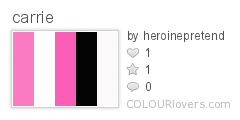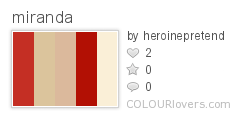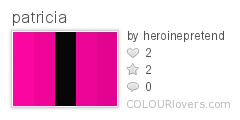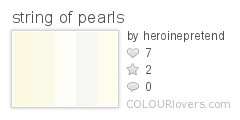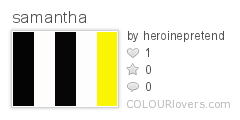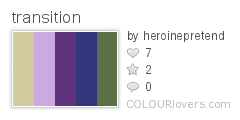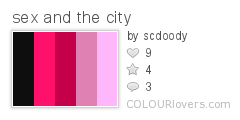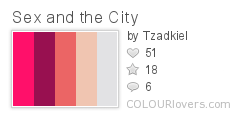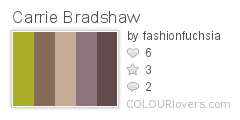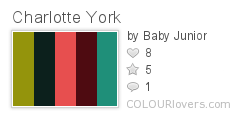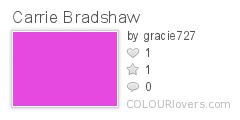Once a month, we’ll be taking a look at fashion in film–characters, colors and costume design. Working together to create a believable persona, in the movies–or in TV–the clothes often quite literally make the man. In the case of today’s characters, they make the group of four women who’ve made a mark on the fashion world during the last decade.
Samantha Jones (Kim Cattral), Miranda Hobbes (Cynthia Nixon), Charlotte York (Kristin Davis) and Carrie Bradshaw (Sarah Jessica Parker) are the central characters in question–fans followed them through six seasons of TV, where from 1998 through 2004 they trawled New York in search of love, happiness and Manolos. The girls ventured onto the big screen in 2008 for the first Sex and the City film, and last week, they emerge again for that film’s sequel, Sex and the City 2.
Along for the entire ride has been costume designer Patricia Field, largely responsible for SATC’s fashion effect, though she’s not always admitted to trying to start trends.

“From the beginning, I never really thought about anything being a trend,” Field told New York Daily News in 2007. “It was never really part of the strategy. When things did become a trend, they did.”
And plenty of trends were born during the show’s run (over-sized flower pins, anyone?). Field won four Costume Designers Guild awards and an Emmy for her SATC work.
Some have said Sex and the City‘s clothes became a character of their own, and this writer tends to agree (a common conversation between my sister and I has us recalling not just story lines but clothing: “Remember that horse-head bag?” “Wait, what about the pink Oscar de la Renta dress?” etc.). The colors and the composition of the clothing were arguably the reason the fashion was such a standout–it was confident even if characters weren’t, over-the-top when characters were, and always a comment on standing out in a crowd.

When asked by The Moment how accurately she thought the SATC series and films reflected the fashions of their respective times, Field said, “I think we initiated rather than reflected. It’s not a documentary reflecting a reality, it’s a hyperreality with the intention of entertaining and pleasing people’s fantasy and imagination.”
“What I think creates the fan is that sort of hyperreal, fantastical delivery of the visuals,” Field went on to say. “The fans would be very disappointed if there wasn’t an elevation or a step up. This is why ‘Sex and the City’ has succeeded in creating an exclusive club of a billion women around the world who all speak the same language. It liberates their fantasies and imagination.”

The clothing of SATC was, though, more than eye-candy–it really did visually reflect each character. Carrie, the central character and narrator, is a freelance columnist whose column bears the series’ name–she writes about the single woman’s experience looking for love in New York. Accordingly, she’s in and out of relationships almost as many times as she changes clothes in any given episode. She’s experimental, you might say–or maybe an every-color-wearing kind of everywoman, albeit the on-screen kind–and so is her style, even when she’s about to walk down the aisle in the first film.


Samantha, the most outspoken about her sexuality and the only one of the four women not interested in settling down, dresses boldly–big shoulders, big accessories, big patterns and colors. Charlotte, the most optimistic and most traditionally minded, yearns for a husband and family–her style is waspy and ladylike. And Miranda, a relatively no-nonsense lawyer, is more conservative–she’s often in monochromatic dresses and trousers.

Throughout its life, SATC has striven to both highlight the importance of friendship over romantic relationships and empower women in talking about love, friendship, sexuality, and the work world. Of course, in its time, too, it’s received criticism for emphasizing a consumer culture and being anti-feminist. Any of those things might be true. Uplift magazine’s Holly Warren encourages viewers to shed labels–to mix and match.
“Play with fashion, dress exactly how you like, then go out and smash a few stereotypes by being being a feminist and proud,” she said. “Be a wonderful pick ‘n’ mix of a person; a glorious patchwork; an interesting, multicoloured feminist.”

It’s something Field would likely agree with herself when it comes to fashion.
“The way you dress yourself is a form of self-expression, and a way of communicating to others who you are,” she said. “But style is broader than just fashion–it’s not only the way you dress, but how you decorate your home, the books you read. It all runs together. The more ways you can express yourself the better, because then you are communicating at a higher level.”
Community love:
Screen captures from screenmusings.org.
